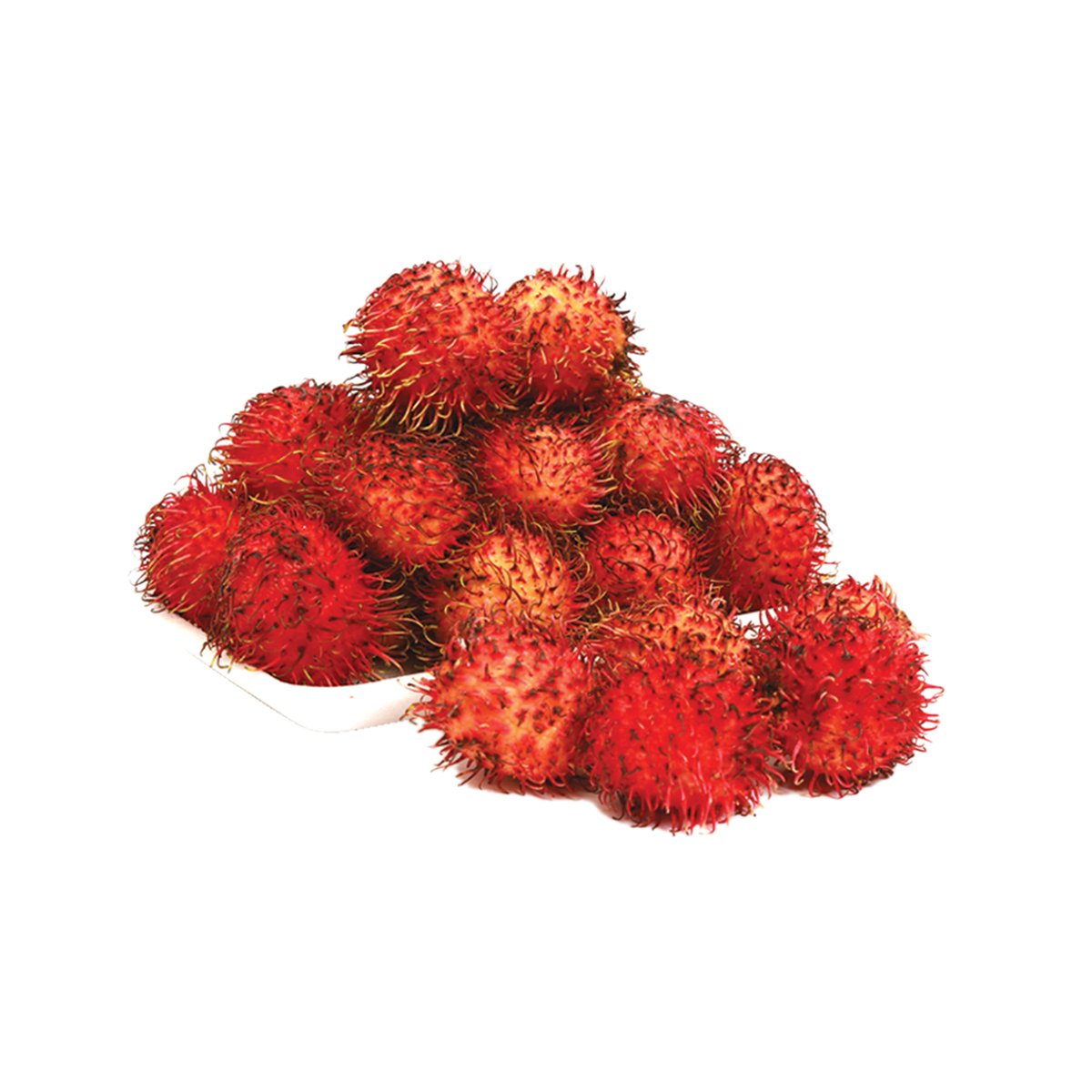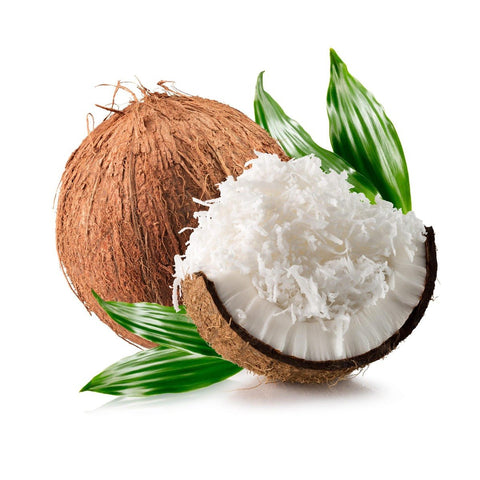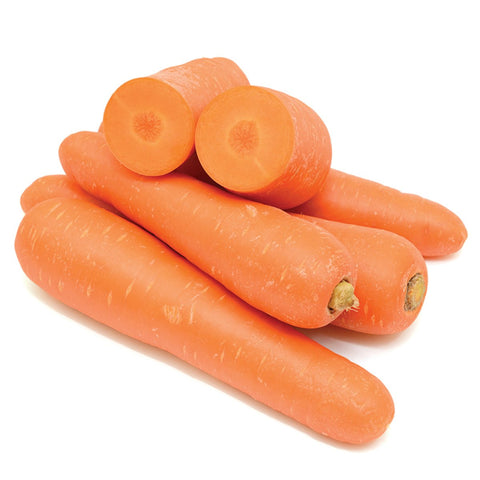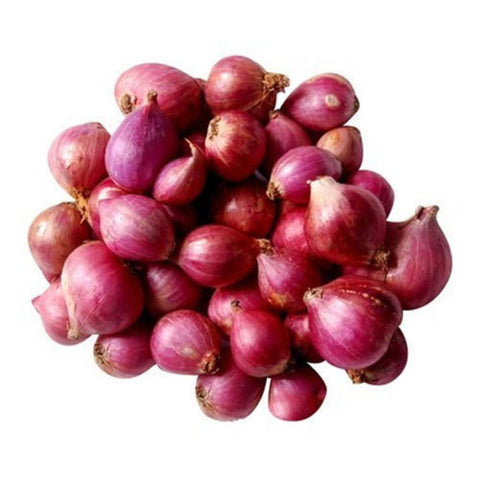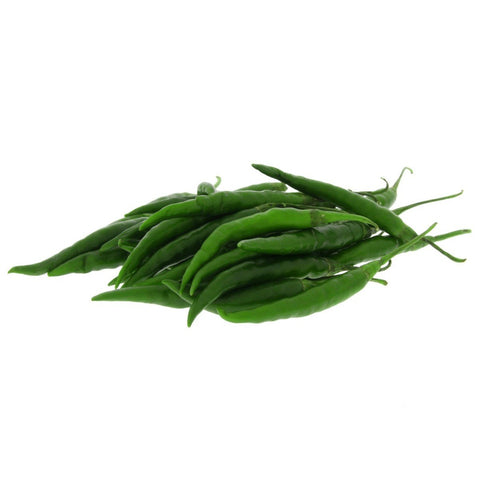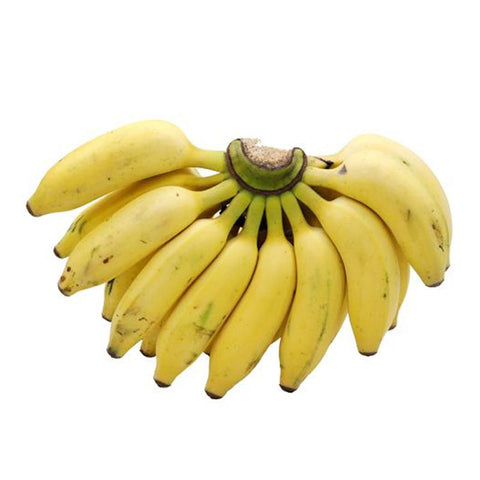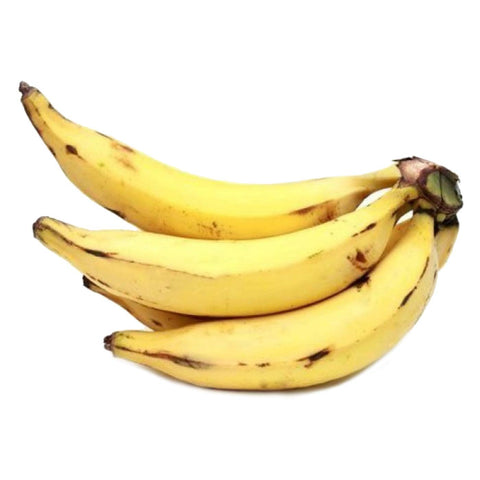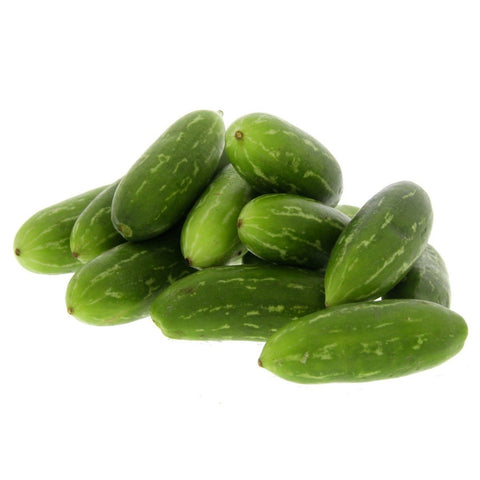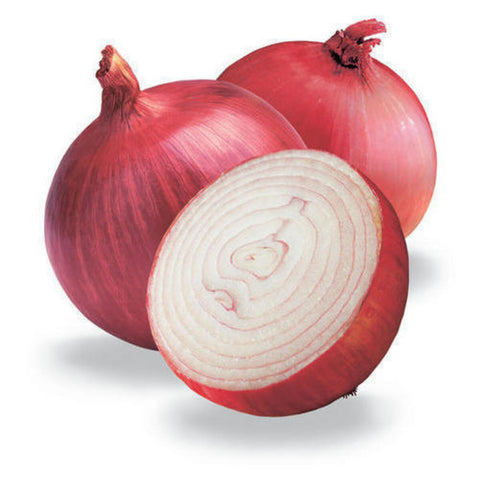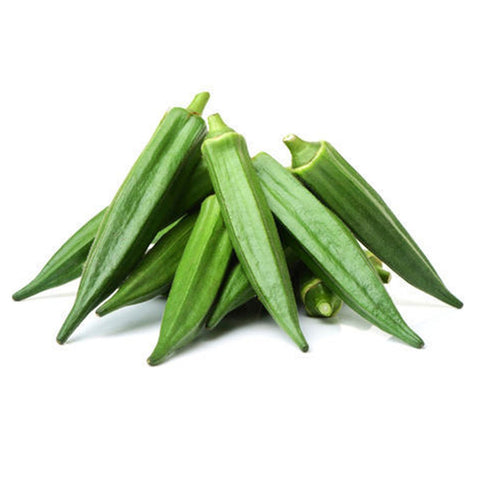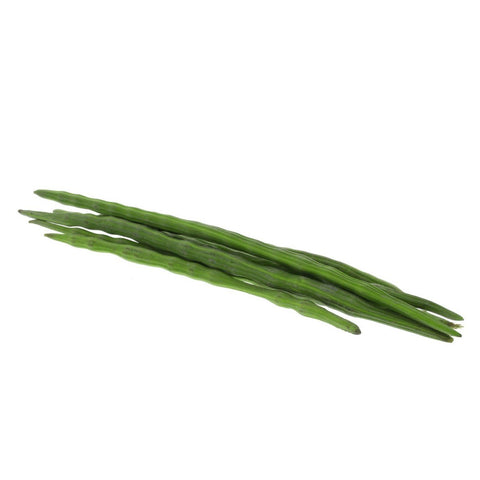Categories
Rambutan 450g
Product Summary
- Important source of vitamin C and other nutrients
- Perfect for adding to smoothies and juices
- Serves as a refreshing fruit topping for ice cream
- Can be used for making jams and jellies
- For use as a topping on pancakes and puddings
- Ideal for making delicious curries
- Country of origin: Sri Lanka
Product Description
Product Information
Content 450g
Brand Fresh
Type Exotic Fruits




